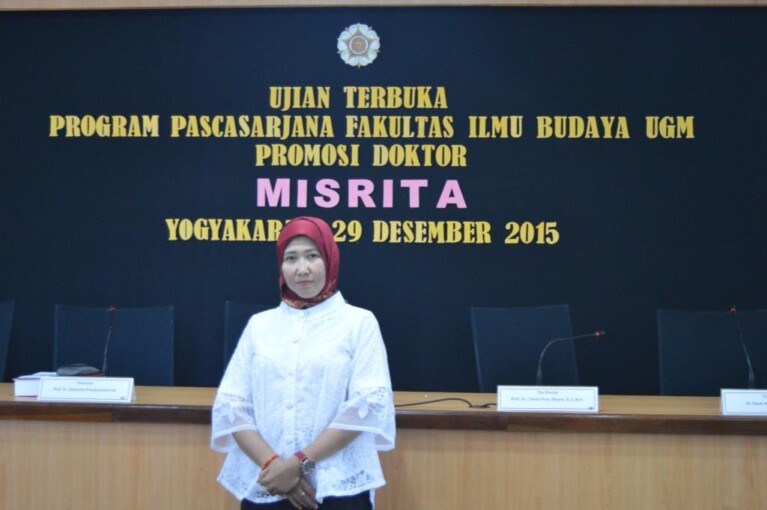
Like a developing community, language and dialect have also developed. The advent of a certain religion and demography have significantly influenced changes in a dialect of a certain area. For instance, the Bakumpai language consists of three isolects: Bakumpai of Marabahan in South Kalimantan, and Bakumpai isolect in Buntok as well as Puruk Cahu in Central Kalimantan, each has its own characteristics.
Some experts have grouped Bakumpai language of Marabahan as a Malay sub-group, different from the Bakumpai of Buntok and Puruk Cahu that belong to the Barito(Dayak) language. But, according to the lecturer from Universitas Palangkaraya, Misrita, SS, M.Hum., this view was unacceptable. “Despite the dominant influence of Malay language, but the determination of language status has to take into account the issue of loan language as a complementary element. This means that although the Malay influence is very dominant, but the Bakumpai Marabahan still contains the Dayak language element,” she said when sitting for her open doctoral exam in linguistics at Faculty of Cultural Sciences UGM on Tuesday (29/12).
Since the Bakumpai community in Marabahan adhered to Islam, the Banjar Malay has been getting more intensively spoken as one of Islamic identities. Over a prolonged time, the Malay influence was getting more significant. In her research, Misrita studied the relations between isolect of Bakumpai and others in the Barito sub-group, as well as reconstructing pre-language of Bakumpai based on phonology, lexical, an morphology elements to obtain linguistic findings as proof to explain the historical development experienced by those three isolects.
The results showed that the Bakumpai language of Marabahan has close relations with Bakumpai language of Buntok and Puruk Cahu ranging between 87%-91%, this showed that the three are the same dialects of the same one language.
“If related to previous researches on the relations between Dayak languages in the Proto Barito group, it is seen that this research is useful to describe the familial relations of all Barito groups that are believed to have come from the same language,” she concluded.


